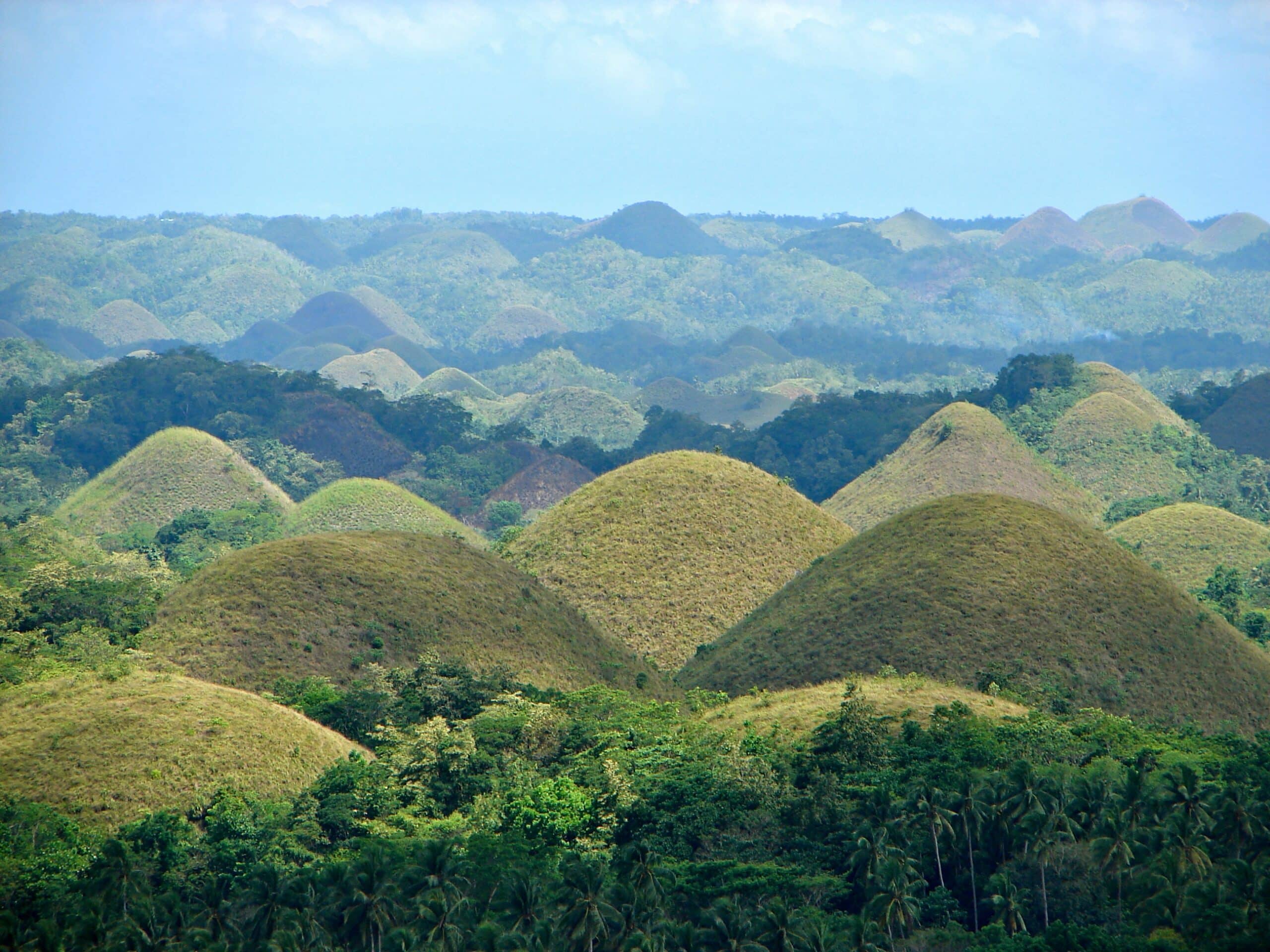Fitness
Evolutionary Fitness Landscapes Bolster ID | Evolution News

Imagine a large area with gentle rolling hills and valleys, or perhaps a rugged terrain complete with steep mountains and impassible gullies. Now imagine those scenes plotted out in a three-dimensional graph. What you’re picturing may look similar to the virtual fitness landscapes biologists generate to visualize the variation in population for some species. On a new episode of ID the Future, I welcome Dr. Brian Miller to discuss evolutionary fitness landscapes and how they bolster the conclusion of design in living things. Dr. Miller also discusses how fitness landscapes relate to the work of bio-engineer Stuart Burgess and to the arguments made by Dr. Stephen Meyer about epigenetic information at the heart of life.
In a fitness landscape, the higher the organism, the more fit it is for its environment and the more likely it will produce offspring. But the extent to which a population of organisms can traverse a landscape depends on whether the landscape is smooth or rugged. Let’s take a smooth landscape, for example, representing a change in the size of finch beaks: two gentle rolling hills, one representing smaller finch beaks and the other larger and sharper. An accumulation of beneficial mutations might move the population of finches from the base of one gentle hill to the peak of the other. But what about the bigger changes some credit evolution for, such as turning an amphibian into a land animal? Such a fitness landscape would be rugged, with deep valleys and steep, precipitous peaks. “What happens in practice,” says Dr. Miller, “is that virtually every mutation which creates some really significant change – the sort of change you would need to alter the basic architecture of an organism — is harmful. And that’s a big problem.” The evolutionary search will almost always end up on a peak that represents sub-optimal design, making it impossible for organisms to traverse long distances through a rugged landscape full of hills and non-functioning intermediates.
In an evolutionary framework, fitness landscapes suggest that nature will be replete with evidence of poor design. But in practice, we find quite the opposite: life is chock-full of optimal design. Dr. Miller explains how the research of bio-engineer Dr. Stuart Burgess demonstrates this. The evidence of optimal design in living things challenges evolutionary assumptions and points to intelligent design as a more satisfactory explanation for the diversity of life on Earth. Find the podcast and listen to it here.









